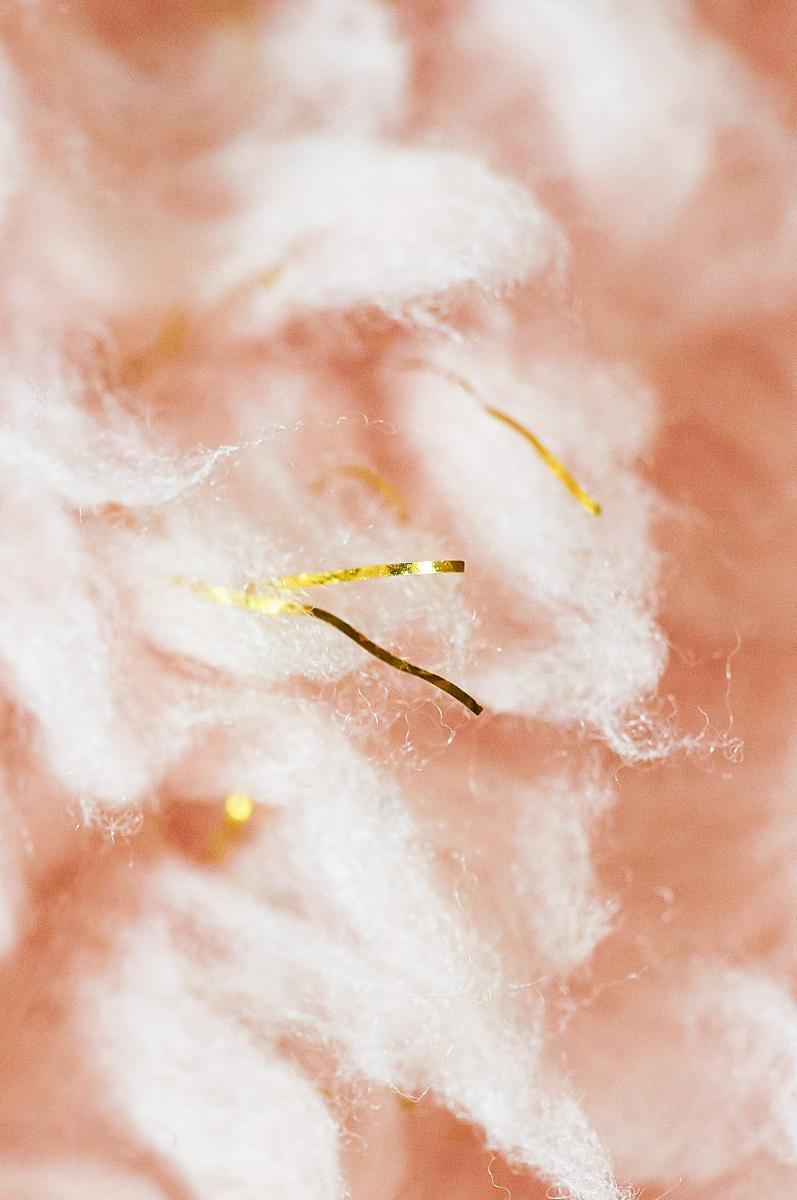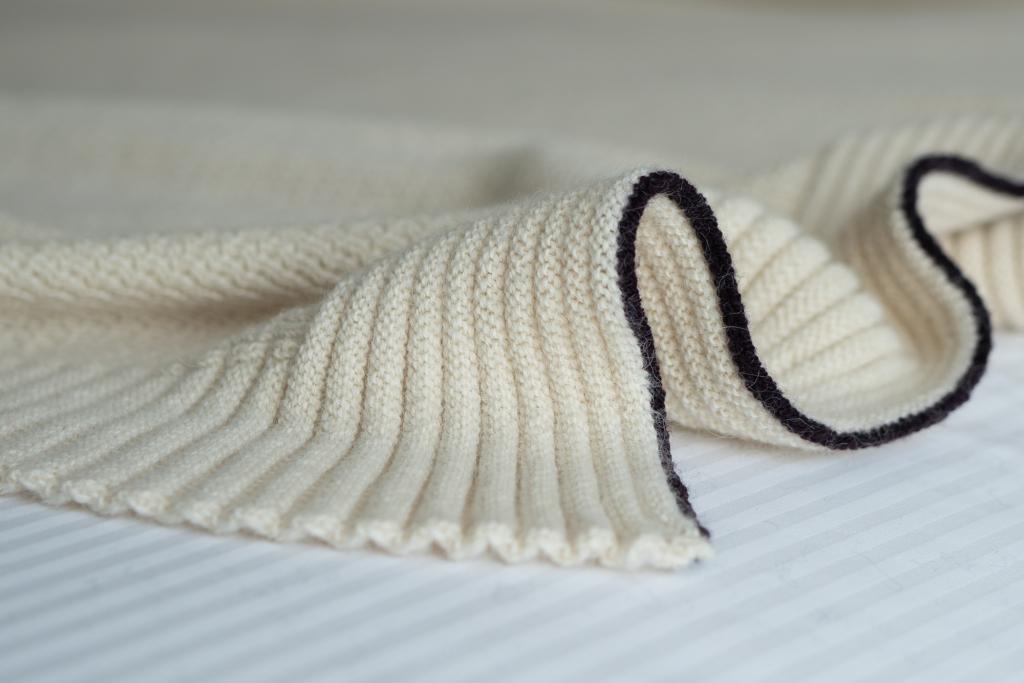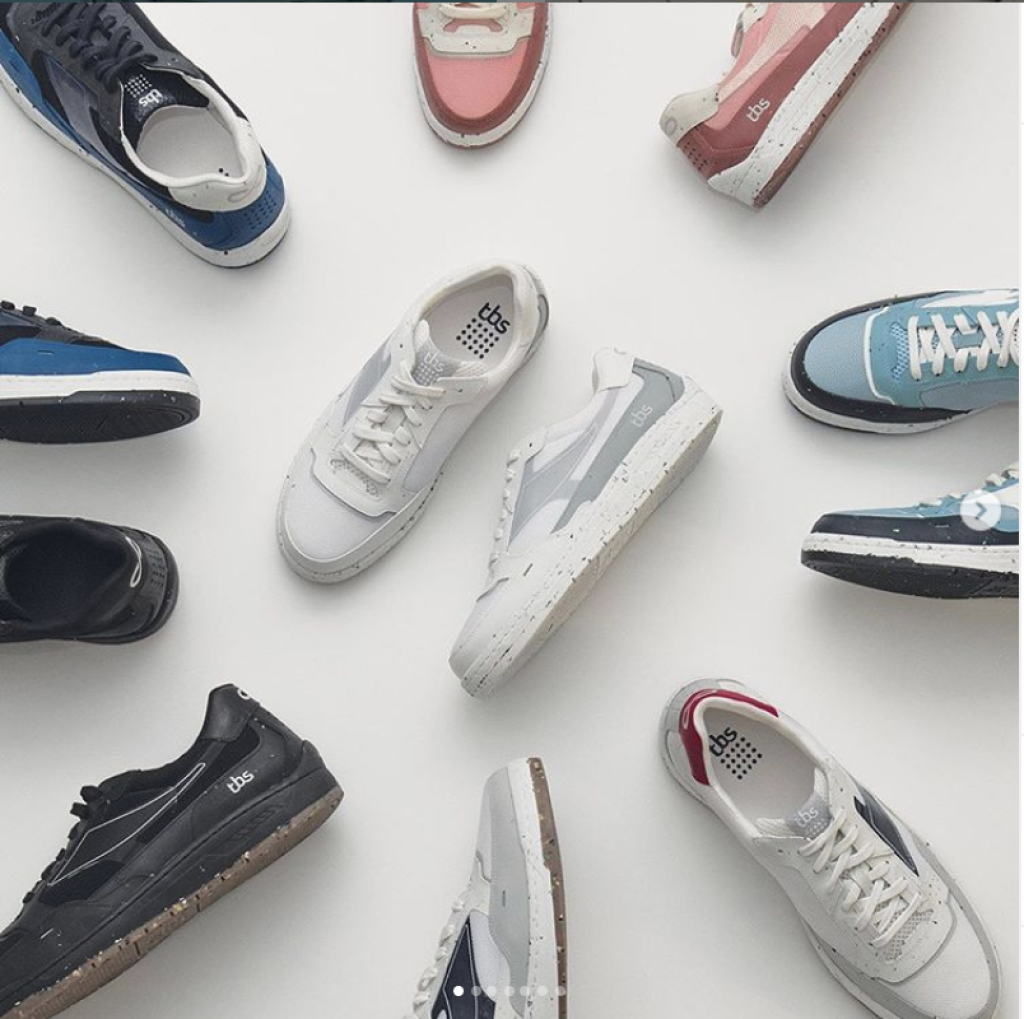Context and description
The recycling of end-of-life textile and footwear products is complicated by two types of disruptors: internal disruptors and external disruptors.
Internal disruptors are the components or structural elements of the fabric, whilst external disruptors are elements external to the fabric (directly sewn or glued onto the product) and which can be separated from it.
Materials are considered to be internal disruptors. It is therefore essential to reflect on their composition in order to facilitate their recycling and reuse.







